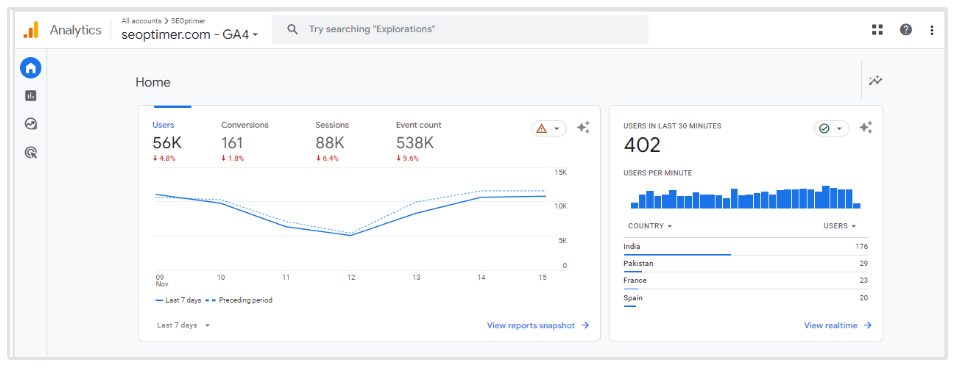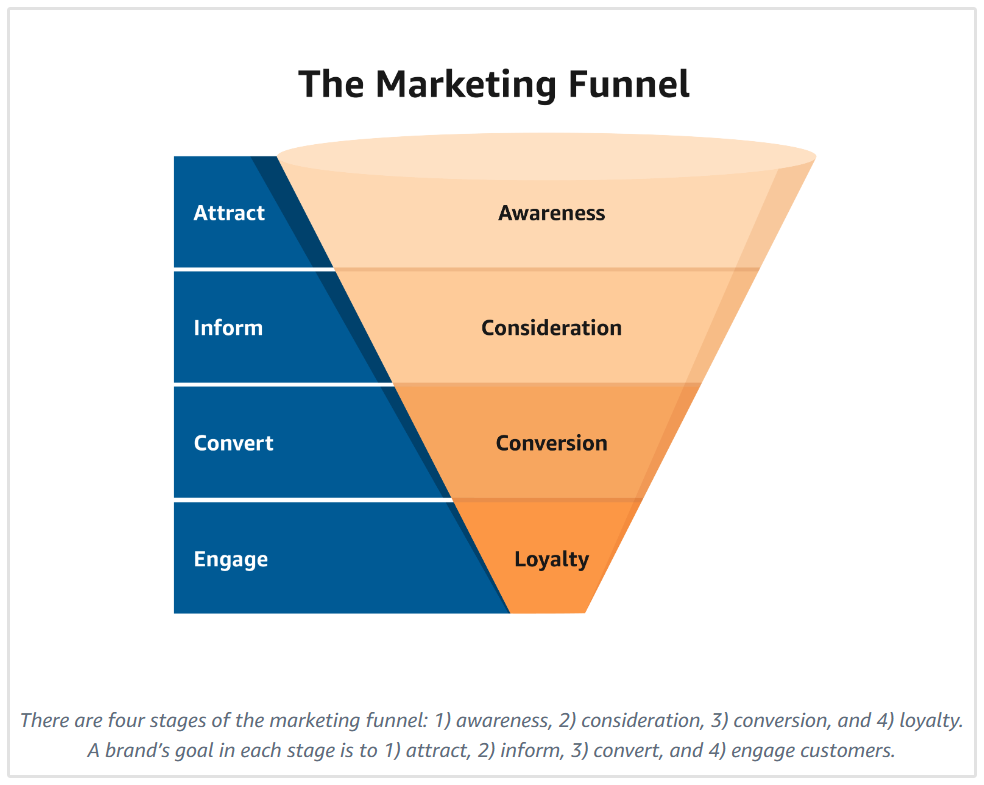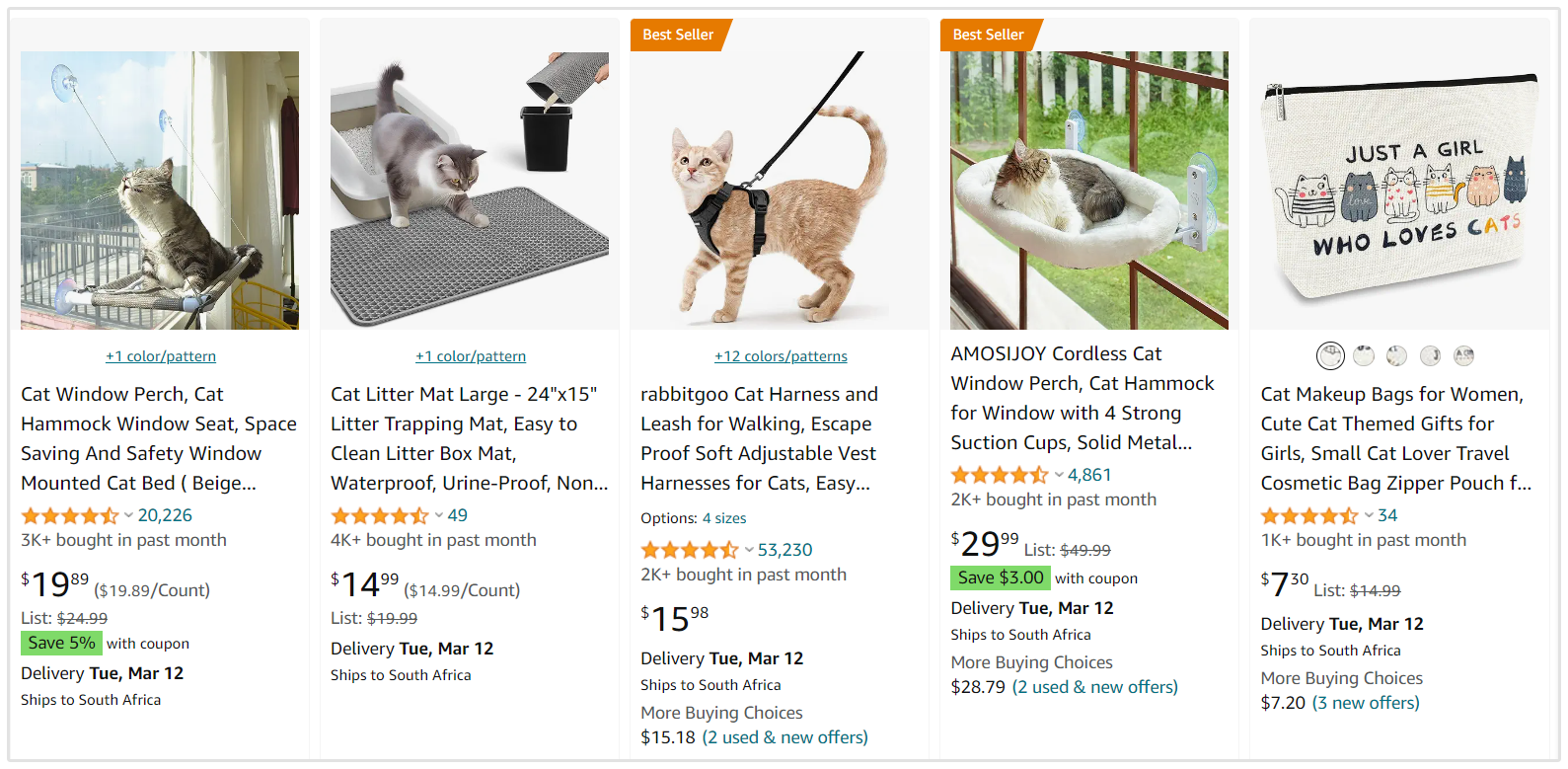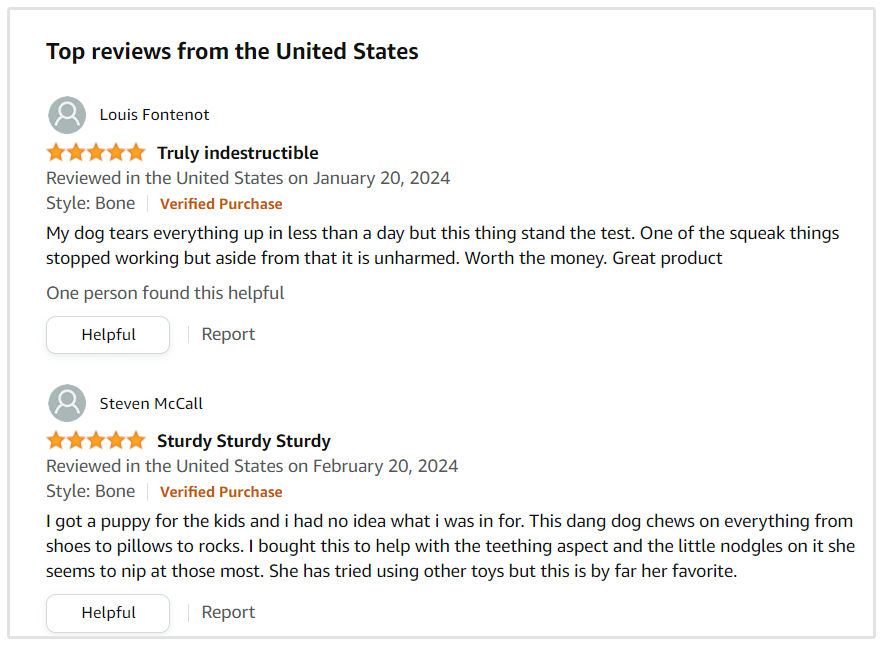
How does it feel to be called average?
Quite frankly, I think most of us would rather be extraordinary.
Especially when it comes to affiliate conversions.
In sports, for example, it's hardly a compliment to call someone average. In fact, it might be viewed more as an insult.
However, there are some cases when "average" is a synonym for "successful."
Affiliate marketing is one of those special cases where being average is actually a good thing. Because, let's face it: With enough site visitors, an average conversion rate means that you're making a good amount of money.
To reach an average affiliate conversion rate means that you've done your work well and that you're a successful affiliate marketer.
Hopefully, you've also done the research and found programs with average affiliate commission rates.
The question is: What is an average affiliate conversion rate?
Today we're going to discuss exactly how to calculate your affiliate conversion rate, and see if you're in the scope of "average."
But what if you're a bit below average? We're also going to discuss the factors that affect affiliate conversions and eight simple ways to use these factors to your advantage!
First of all, let's make clear what we mean by "conversion rate."
This number is calculated like so:
orders ÷ visitors × 100
So, if during one month your website had 5,000 visitors and you sold 10 products, that would be a conversion rate of 0.2%. (10/5000 = .002 × 100 = 0.2)
Now that you know how to calculate this number, what percentage should you be expecting to see?
I will preface this point by saying that the majority of affiliates do not disclose their conversion rates, which makes it somewhat difficult to give a definite number.
Also, as we'll see below, there are many different factors that can affect affiliate conversion rates.
That being said, an average affiliate conversion rate would generally be between 0.5% to 1%.
So what does this mean in actual sales?
Well, let's say your website has 5,000 visitors per month. You would have to see 25 sales in order to have a 0.5% conversion rate, or 50 sales to have a 1% conversion rate.
In simple terms, to reach an average conversion rate, you would need to have 1 sale per 100-200 visitors.
As we've said, however, these are just averages. Some affiliates are able to regularly reach 3%, or even see occasional spikes of up to 10%!
So what can you do to improve your conversion rate? Let's find out!
8 Ways to Improve Your Affiliate Conversion Rate
1. Get More Traffic to Your Affiliate Site

The more people you have on your site, the more likely you are to score conversions, right?
It's just a little more complex than that.
You need to get more targeted traffic, people who are actually interested in what you can offer them—and even better, people who are at the end of the marketing funnel and ready to buy.
So, focus your energies more on SEO (search engine optimization).
This involves identifying the topics that the "ready-to-buy" people are searching for in Google (and perhaps other search engines). These topics come in the form of keywords. Read this guide on keyword research here, if you're new to the SEO game.
To build authority in your particular niche, and to direct even more "ready-to-buy" people to your site, you'll also want to build backlinks.
This means that other websites add links to your site. Their traffic, once they click the links, becomes your traffic.
And by adding a link to your site, they pass some "link juice"—search engines see that someone values your content enough to add a link, and they make you more visible to searchers. Read this guide on building backlinks for SEO here, if this is all brand new stuff.
Need a hand with all this? For any affiliate looking to boost their SEO, we recommend trying the free SEOptimer SEO tool.
This can give you a good, hands-on, learn-by-doing SEO experience. It's simple enough for beginners and rich enough in data for experts.
And if you'd like to continue with SEO for the long term, it's highly affordable for the individual affiliate marketer.
By focusing on amplifying this targeted traffic, you can not only increase the number of pageviews you're getting, but also the number of conversions. If you play your cards right, your conversion rate can be greatly improved.
2. Aim for the End of the Marketing Funnel

It shouldn't be the affiliate's job to convince someone that they need to buy something. Instead, the affiliate is there to guide readers to a product that solves an already existing problem.
So, find out what problems your readers are facing, and solve them!
Another way to get in at the end of the marketing funnel is to show readers the best version of the product that they already know they need or want.
3. A/B Test Your Link Placement
How many affiliate links do you place on each post? How many of your posts actually contain affiliate links?
There are two extremes which can each be just as easy to fall into in this case: too many or too few.
If you're bombarding readers with multiple affiliate banners and a lot of text links throughout each post, they'll be less likely to click through. (Not to mention that this is horrible for SEO.)
On the other hand, if you place links too sparingly, readers won't have anywhere to click in order to convert!
The goal is reaching that delicate balance which allows readers to see and use affiliate links without feeling overwhelmed by them.
How do you make sure that your links are in the right places? Test out different places on your posts to see where affiliate links convert the best.
For example, try to make sure that there's an affiliate link or banner above the fold. Also, don't forget to include affiliate links in multiple places during a review post, not just at the beginning or the end.
4. Find Products That Relate to Your Audience

Let's say that you run a pet-related affiliate website and someone comes to your website in search of information about cats.
If you only display banners with dog food or only link to websites with dog supplies, the cat lovers will simply move on.
This is true for any type of affiliate website. In order to convert readers, you need to make sure that you're providing them with affiliate products that appeal to their needs or wants.
So, when deciding on which affiliate products to promote, think carefully about your audience. Get into your readers' minds.
Find out what they like, what they dislike. Get on forums or social media and figure out what problems they're facing. Research the kind of things that your audience is actually buying.
Then, promote those products!
5. Shop Around for Affiliate Programs Within Your Niche
Not all affiliate programs are created equal. Your job as an affiliate is to send traffic to the merchant's website, but how well is their website set up to convert?
And how good is their tracking technology?
An affiliate could create the perfect funnel, getting readers to the point of deciding to make a purchase.
But if readers follow your affiliate link to find a website with poor design, slow load time, unclear directions, or an insecure checkout process, they may be put off from buying the product.
That's why it's extremely important to do a thorough check of the merchants or programs that you want to get involved in. Make sure that their website is ready to convert the traffic that you send.
For niche blogs, dig a bit deeper online to find in-house programs within a narrow niche. Sometimes these very niche-specific programs offer the best payouts.
6. Include Social Proof

People love to know that they're purchasing something that other people already like. That's why social proof is such a big help in boosting conversions.
Try to include real statistics or actual reviews to show that other people really enjoyed using this product.
And of course, your own personal impressions of the product can be a great way to include social proof!
7. Attract Readers with Your Call to Action
Especially in review articles, it's great to have a large, clear call to action. Lead up to it throughout your post, and then create a direct funnel into the call to action.
Interestingly enough, even the color you choose for the call to action button can actually have a huge effect on whether or not people click!
While advertisers have experimented with many different colors, it's been difficult to prove that one color works better than any other consistently.
Actually, the one consistent factor that researchers have found effective is the contrast created by your call to action (CTA) button.
If your CTA button blends in with the general design of your website, it won't stand out to readers and will thus be less appealing.

So, create contrast! For example, if you use a lot of blue in your design, try making your CTA button red.
Creating contrast allows your CTA button to stand out.
8. Find the Right Industry
It's true, some industries convert better than others. This has nothing to do with you, it really is just the industry.
Research into e-commerce website conversions showed that industries such as electronics, business services, publishing and entertainment, and financial services and insurance are all strong in online selling.
Industries that didn't do as well included industrial supplies, food, and beverage.
So, if you're looking into different niches, try and do some research to see what kind of conversions that industry is seeing currently.
This will help you choose an industry that is actually converting online, which means you'll see more conversions as an affiliate.
Final Thoughts on Average Conversion Rates
In this article, we've seen that an average affiliate conversion rate is somewhere between 0.5% and 1%. However, do not despair if you're below this average number!
As we've discussed above, there are plenty of ways to increase your conversion rate, including relating better to your audience, testing link placement, livening up your call to action and adding social proof.
All of the steps above will help you to reach those average affiliate conversion rates, and become a successful affiliate marketer!







